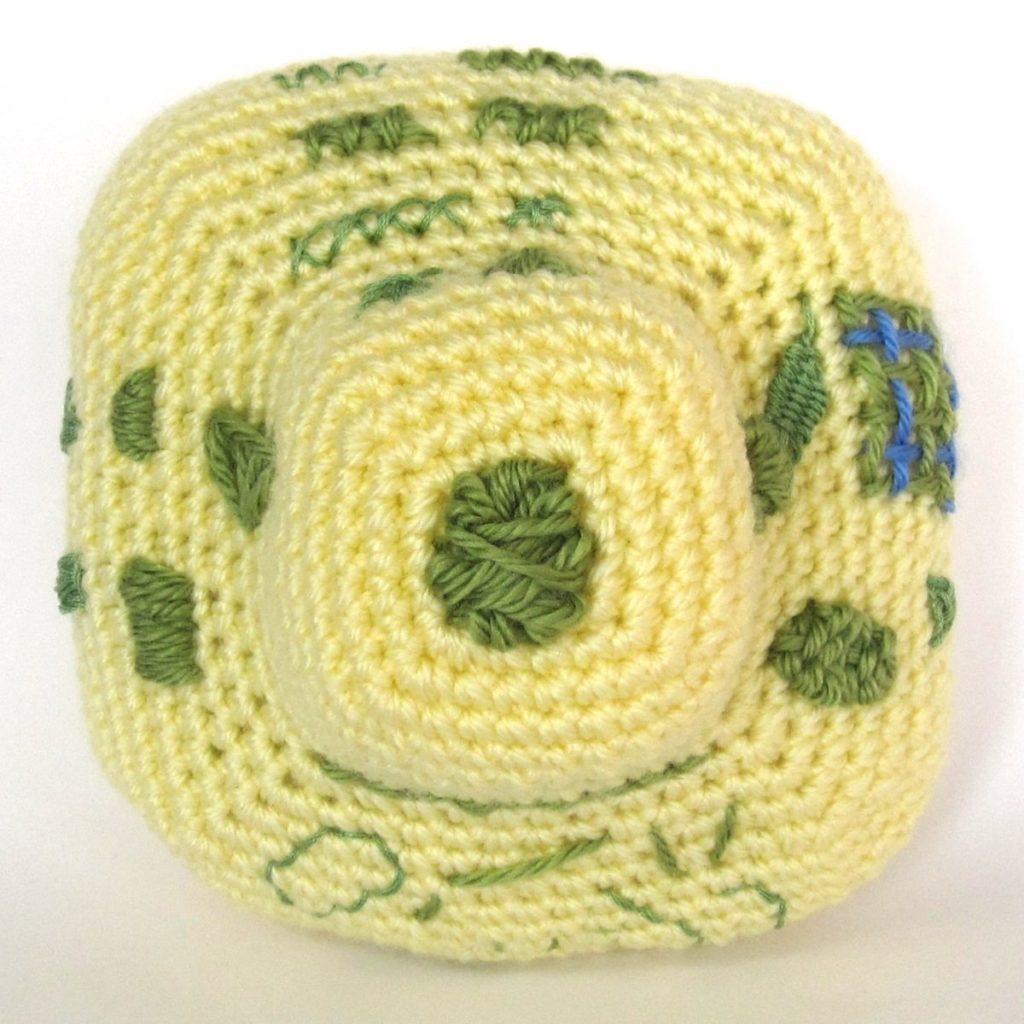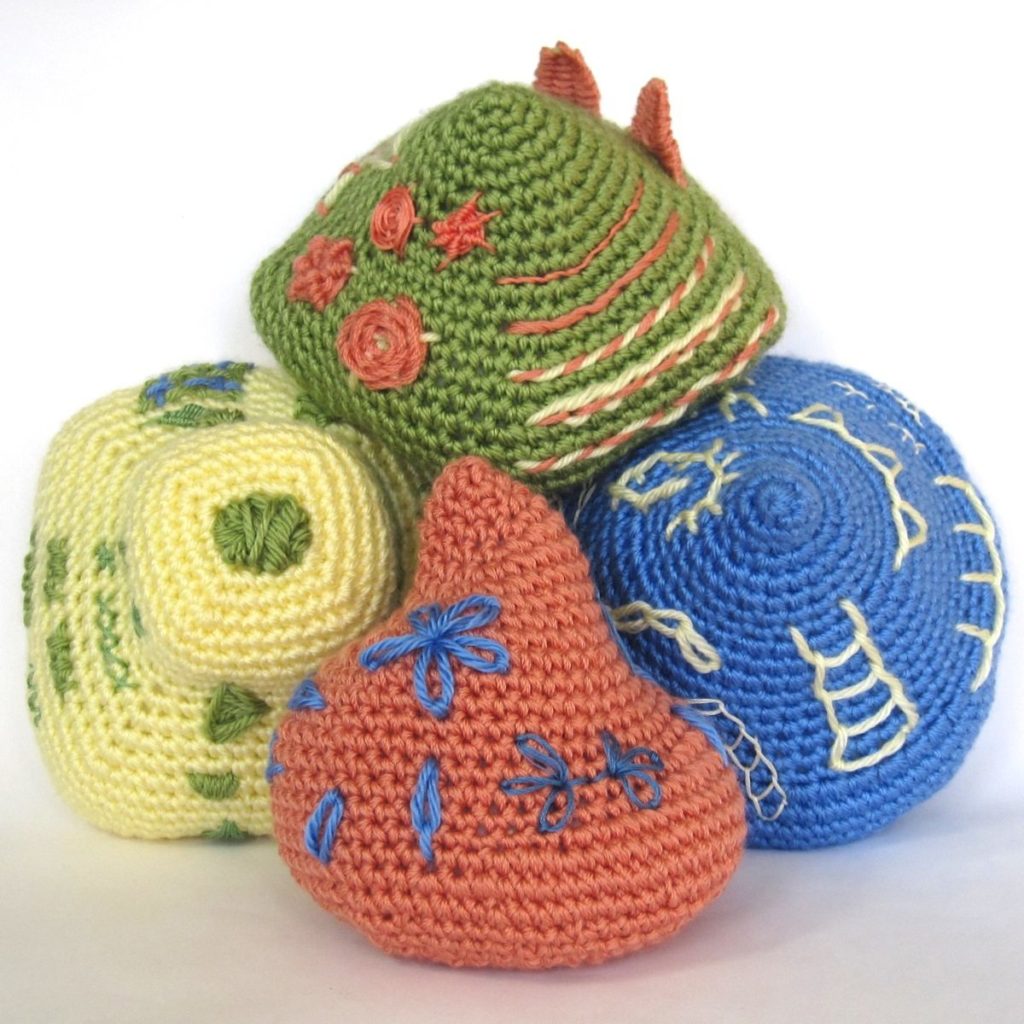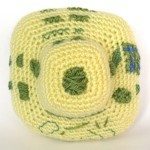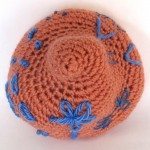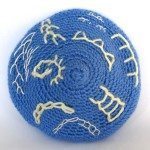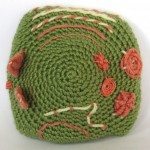A lot of posts recently, I know – I’m on a mission. Don’t expect four a week all the time, though. 🙂
We amigurumi makers have a big advantage when it comes to hiding our yarn tails: a side of the crochet that will never show. We never have to have that little fuzzy cut yarn end in our stitches, waiting to peek out. Here’s how I hide it. (The red yarn was joined at the last stitch purely for visibility; it reality it would be orange like the rest.)
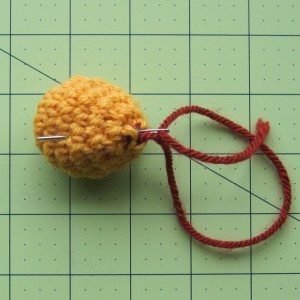
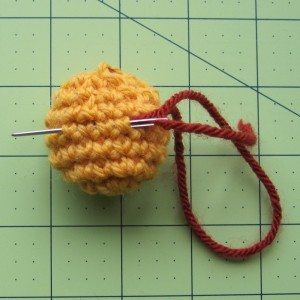
Above: After stitching whatever drawstring method you prefer for closing the final hole in your piece, put the needle down through the opening and out the side of the piece to tighten the drawstring. This prevents your final round from being pulled outward to form a nub. Run the needle through some stitches around the side and back out again. Don’t tighten too much or the piece will compress! [1]
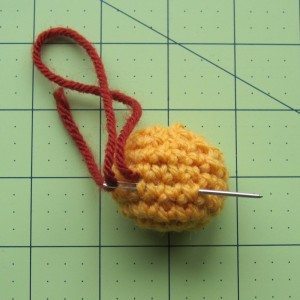
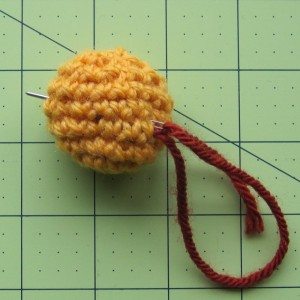
Above: Make a U-turn with the yarn, stitching under the intervening strands enough to make sure the base of the U isn’t lying on top of your crochet stitching. Run it through another line of stitches. Finally, put it back into the piece at the spot where it emerges from the stitches, and run it entirely inside and out again a ways away. Clip the yarn close to the stitching and massage the piece if necessary to get the tail to disappear inside.
After the cut: using this technique in embroidering and fine-tuning pieces. Continue reading Securing and hiding yarn ends
